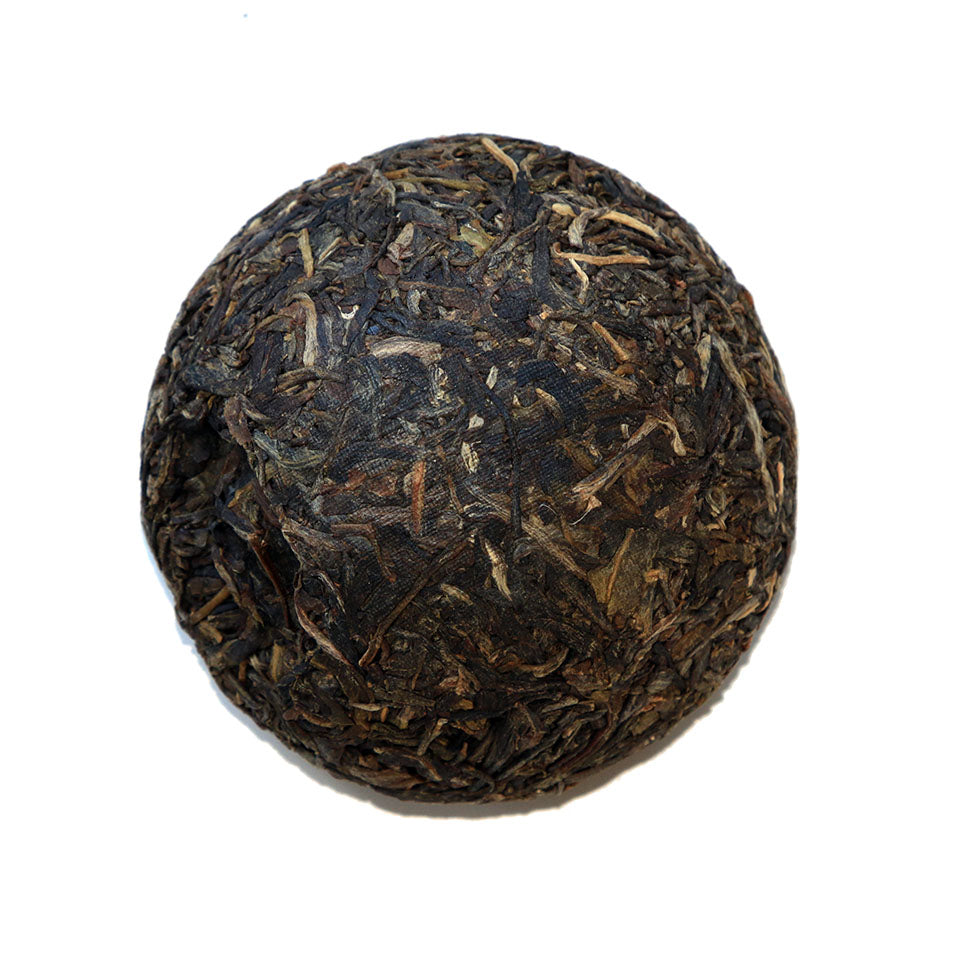2005/2010 Xiaguan Jia Ji Raw Pu Erh Tea
2005/2010 Xiaguan Jia Ji Raw Pu Erh Tea
Couldn't load pickup availability
A 'Jia Ji' (superior grade) tuocha offering the classic Xiaguan flavour of wet wood, minerals, hints of smoke, and strong energy (cha qi).
Origin
Origin
- Year: 2005/2010
- Origin: Dali
- Leaf grade: natural tea gardens
- Varietal (cultivar): large leaf Assamica (Da Ye Zhong)
- Production date 2005 Tuocha: May 2005
- Production date 2010 Tuocha: 9 Sep 2010
- Batch: 1
- Compression: very tight
- Type: raw (sheng)
- Brand: Xiaguan
- Series/recipe: Jia Ji (Superior Grade)
- Shape: pu erh tuo cha tea
- Weight: 100g
How to Steep
How to Steep
How to make Xiaguan Jia Ji (Superior Grade) tea?
There are two methods to prepare this pu erh tuo cha tea:
Gongfu brewing
Brew 8 gram with 120 ml of water at 100 °C. Steep for 15 seconds and add 5 seconds for each infusion.
Western brewing
Steep 4 gram with 350 ml of water at 100 °C. Apply a brewing time of 2-3 minutes and add 1 minutes for each subsequent infusion.
Shipping, Returns & Payment Methods
Shipping, Returns & Payment Methods
Delivery time: 1-10 day EU delivery. For estimates per country, please visit the shipping info page at the bottom of our website.
Import taxes?: because we ship from our EU warehouse, you will NOT be charged import taxes upon delivery if you're based in the EU. All taxes are already included in our prices.
Free shipping: available for orders over €59 for The Netherlands/Belgium, €80 for other EU countries (excluding Portugal & Hungary) & UK, and over €100 for other countries.
Returns: orders can be returned for a refund within 30 days. Products should returned in unopened, unused condition.
Share
How this raw pu erh tea is made
-
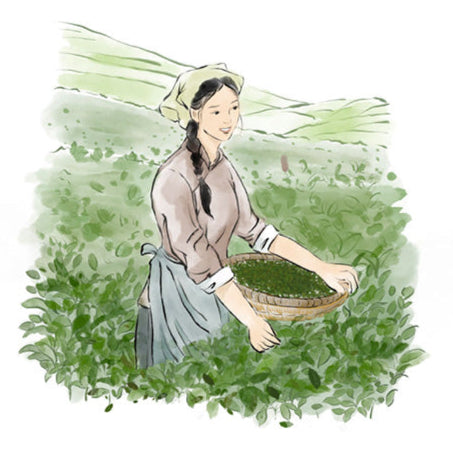
Picking
Tea leaves are hand-picked in the morning.
-
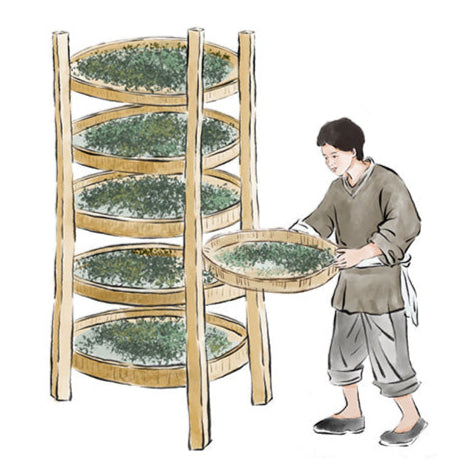
Withering
The leaves are spread on bamboo trays to wither.
-
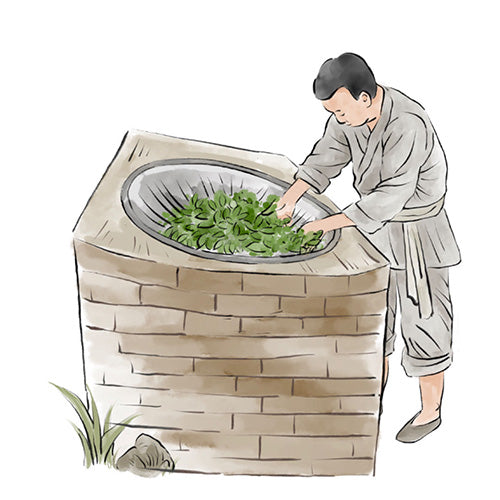
Fixation
The withered leaves are heated to halt oxidation.
-
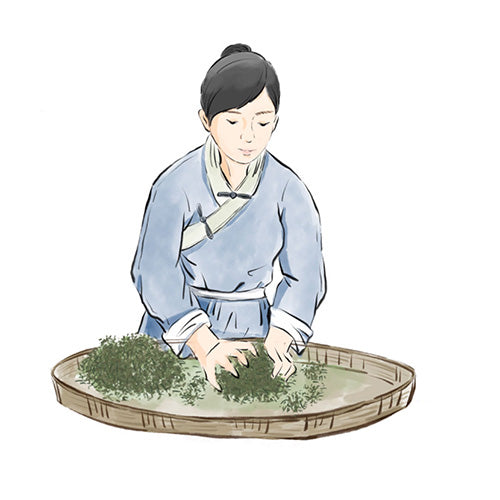
Rolling
The tea leaves are rolled to release their aroma.
-
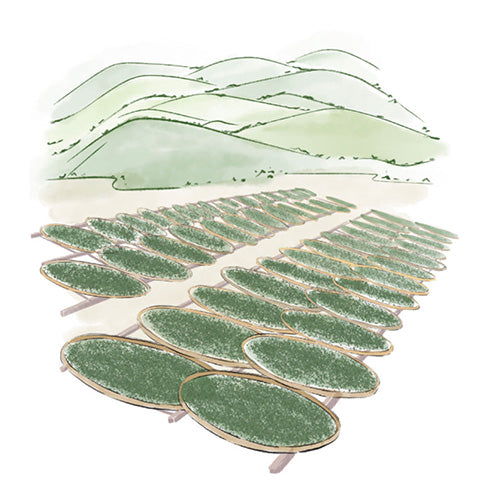
Sun Drying
Rolled leaves are spread on bamboo mats to sun-dry.
-
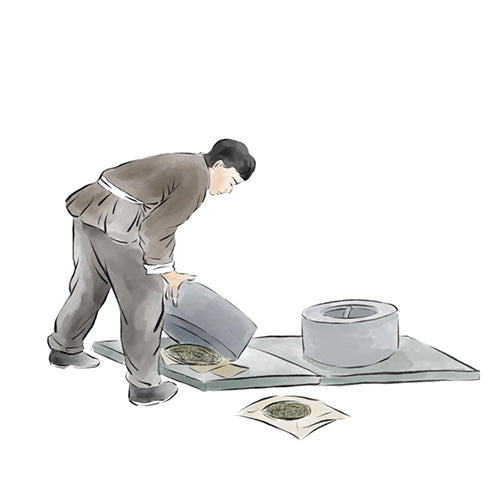
Pressing
The processed tea leaves are steamed & compressed.
-
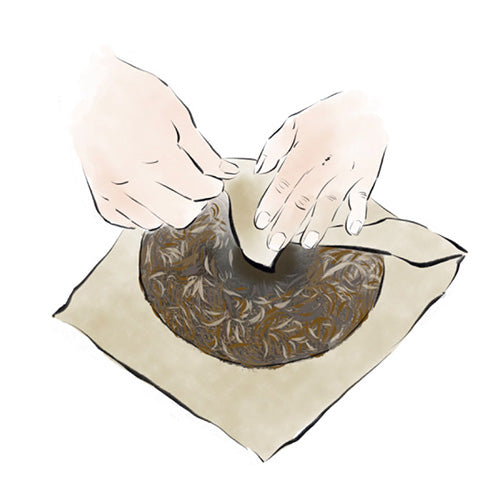
Packaging
The compressed tea is wrapped in paper & packed in boxes.
-
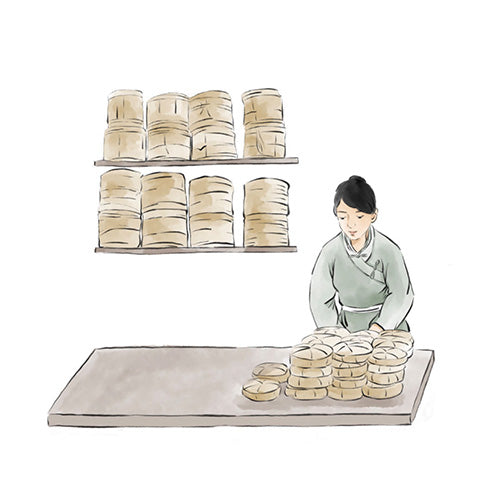
Aging
The raw pu erh tea is stored for further aging.
One of my favorite tuocha, after 20 years (2005 version) it's still powerful but if you compare it with the same tea from more recent years, you can definitely feel a real change. All seems to prove that this slow evolution will continue at the same pace.
Wood and camphor. Strong and intense as expected:)
When I started my tea journey, the tuo chas from the Xiaguan factory where the first I came across. The tuo cha is firmly pressed, which makes it hard to the end to break it up, without damaging the leaves. For me, the taste of this tuo cha can't be compared to the aromas of a tea cake. It has a strong, roasted aroma - but compared to other tuo chas it's still within a range a like. It has some astringency, but due to it's aging its aromas have been smoothed out which gives it a nice bouquet overall. TEASENZ: Hello Sama, Xiaguan's tuocha are known to be not so easy to pry. Definitely need some skill and experience to do that right. A round, pointy tea knife, will work better for such tuocha, compared to a flat shaped knife.

Our design work is inspired by the artwork “Along the River During the Qingming Festival” by the Zhang Zeduan in the Song Dynasty. Instead of displaying the daily lives of people in the capital of China (as the original artwork), we display the tea making process of farmers through the same bird’s eye perspective.
When examining our packaging design in detail, tea enthusiasts will observe the tea making process, featuring tea farmers picking, drying, rolling, and frying tea leaves. The tea is then tasted in a pavilion and transported by horses along the ‘ancient tea road’.
Together, the traditional Chinese landscape and tea making theme, symbolise heritage, tradition, and respect for hard work of tea farmers.














